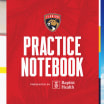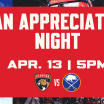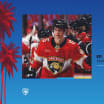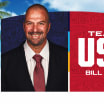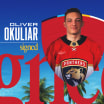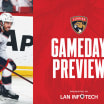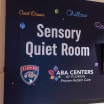SUNRISE, Fla. - The biggest threat to the Florida panther isn't other animals - it's vehicles.
The state's official animal since 1987, the Florida panther is one of the most endangered mammals in the world, with anywhere from 130-230 estimated to currently be living in the wild. And almost every year, dozens are found dead along the roadsides of South Florida as their habitat continues to shrink.
Florida Wildlife Federation Hopes to Give Panther Safe Passage
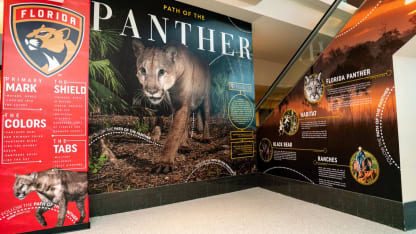
In 2018, 26 of the 30 panthers that were found dead were killed by being hit by cars, according to the Florida Fish and Wildlife Conservation Commission. In 2016, a state-record 32 were killed by vehicles.
"It's disappointing," said Meredith Budd, who works as the Florida Wildlife Federation's Southwest Florida field representative. "Just this past year, there were two panther kittens that were struck and killed by vehicles at four months old. Just hearing that it obviously very upsetting and disappointing."
With the help of the Panthers, the Federation hopes to take vehicles out of the equation altogether.
As part of the Florida Panthers' fourth-annual annual Panther Conservation Night, the Federation was awarded a $25,000 donation through the team's Foundation's Community Champions Grant Program, which is presented by Moss Construction and its foundation, during Saturday's game against Boston.
"I grew up as a Florida Panthers fan," Budd said. "I think this is such a great opportunity to educate. I think education is one of the biggest hurdles that we needed to get over… I think this creates a great opportunity to touch a lot of people both through hockey and wildlife conservation and preservation."
Budd said that donation will be used to secure the expertise and insights of transportation ecologist consultant Dr. Daniel Smith from the University of Central Florida. With Dr. Smith's help, the Federation is working to create an all-encompassing Wildlife Crossings Guidance Manual to improve Florida roads.
This manual will be used to help local governments, state agencies, environmental and transportation planners and engineers make sure that all future roads - as well as old roads that are being renovated - are utilizing some sort of wildlife crossing to help enhance the safety and connectivity of local animals.
"It's going to be a comprehensive look at planning, design and construction of wildlife crossings that can be implemented in South Florida, because that's where the Florida panther lives," Budd said. "Hopefully it will one day be applicable statewide as we get closer to panther recovery and their range increases."
The first wildlife crossings in Florida were installed in Collier County when Alligator Alley was converted into I-75 in 1992. Known by many environmentalists as "Panther Country," this stretch of highway was and continues to be one of the deadliest for panthers, as it cuts straight through their natural habitat.
With the help of wildlife crossings - which can take the form of anything from special ledges built along river banks and canals to large landscaped overpasses - local animals such as the panther are given their own routes to take across the state without having to risk coming into contact with roads and vehicles.
As more and more drivers flock to South Florida, Budd said getting ahead of this problem is important.
"We have such an opportunity to get ahead of the game," Budd said. "I think it's promising that we have the knowledge and know what we need to do. We know where we can make the biggest impact when it comes to reducing panther deaths. We can plan properly and help lead to the recovery of the species."
With panther conservation serving as one of the four main pillars of the Florida Panthers Foundation, the organization is thrilled to be able to continue contributing to the recovery effort of its namesake.
"The panther means everything to this team," said Florida Panthers Foundation Coordinator Danielle Jacobs. "We are the Florida Panthers. This is our namesake. It's an exciting opportunity to have it as one of our four pillars. The panther is in the Everglades, it's in our backyard. It's on our jerseys every game."

